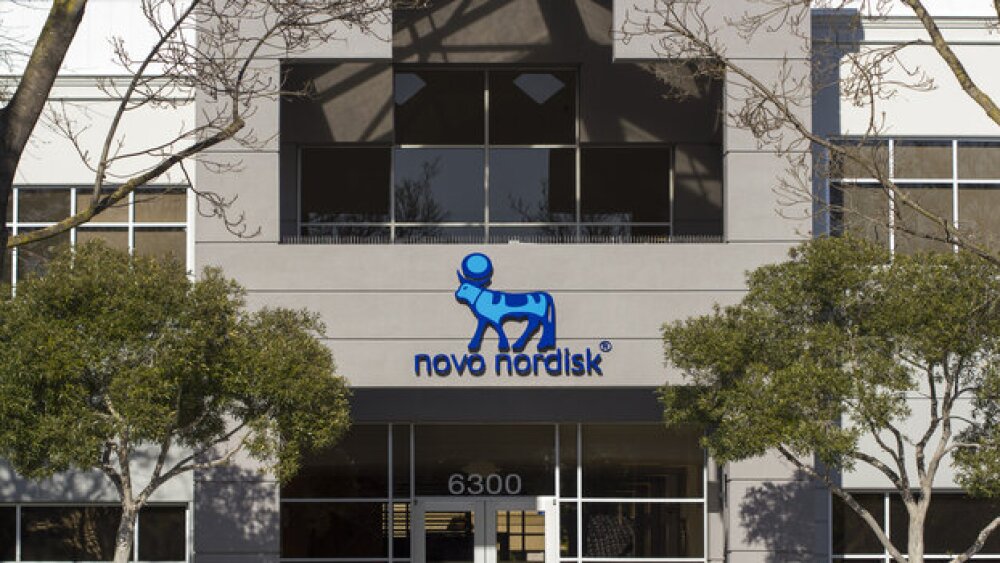As the monkeypox outbreak continues in the U.S. and abroad, researchers and health officials race to test drugs against the disease. For that and more research stories, continue reading.
As the monkeypox outbreak continues in the United States and other parts of the world, researchers and public health officials scramble to test known drugs against the disease. For that and more research stories, continue reading.
Tecovirimat Appears Safe and Effective Against Monkeypox
A research study out of the University of California-Davis Health found tecovirimat (TPOXX) overall safe and effective to treat monkeypox symptoms and skin lesions, but researchers will still proceed with caution.
The antiviral drug is approved to treat smallpox, which was eradicated globally in 1980. TPOXX inhibits the protein involved in the release of the enveloped virus. The CDC allowed doctors to prescribe TPOXX for compassionate use for adults and children with orthopoxvirus infections, including monkeypox. The new study evaluated 25 patients with monkeypox who received TPOXX. They published their research in the journal JAMA.
“We have to be very careful in how we interpret the data,” George Thompson, M.D., co-author and professor at the UC Davis School of Medicine, Department of Internal Medicine, Division of Infectious Diseases, and the Department of Medical Microbiology and Immunology, said. “It is hard to differentiate the side effects due to therapy from those caused by the infection.”
The recent monkeypox outbreak has led to more than 45,500 cases, as of Aug. 22. Typically, symptoms resolve on their own in two to four weeks, although up to 13% of patients require hospitalization. The patients in the study were referred to UC Davis Medical Center, primarily via the Sacramento County Department of Public Health.
Patients were offered the drug if they had skin lesions on multiple body parts or sensitive areas such as the face or genital region. By Day 7, 40% of patients’ lesions had healed. By Day 21, 92% reported being healed and pain-free. On average, the patients had symptoms or lesions for 12 days before initiating antiviral therapy.
“Polypill” Cuts Cardiovascular Death by 33% After a Heart Attack
Investigators at The Mount Sinai Hospital and Mount Sinai School of Medicine found that a three-drug “polypill” prevented secondary adverse cardiovascular events in people who previously had a heart attack and cut CV deaths by 33%.
The drug was developed by the Spanish National Center for Cardiovascular Research (CNIC) and Ferrer and was tested in the Phase III SECURE trial. The three drugs in the pill are aspirin, ramipril and atorvastatin.
Standard therapy after a heart attack includes an antiplatelet drug such as aspirin, ramipril or another drug to control blood pressure and a lipid-reducing drug like a statin. However, patient compliance is around 50%. The study evaluated the polypill to determine if the improved adherence led to a decrease in CV events, which it did. The polypill is commercially sold under the name Trinomia.
How Astrocytes Contribute to Brain Disorders
Scientists at the Salk Institute have identified a molecule, insulin-like growth factor (IGF), that can reduce disease symptoms in mice with neurodevelopmental disorders such as Rett, Fragile X and Down syndromes.
The molecule is produced by astrocytes, a special type of brain immune cells that interfere with normal brain cell development in several neurodevelopment disorders. Astrocytes are star-shaped glial cells that outnumber neurons by a factor of five and are responsible for holding nerve cells in place and helping them develop and function properly.
The researchers isolated astrocytes and neurons from the developing brains of mice with genetic mutations that cause Rett, Fragile X and Down syndrome. They then evaluated the levels of 1,235 different proteins produced by each type of astrocyte. In each disease, they found hundreds of proteins at higher or lower levels, with 120 common to all three.
Their studies found that all astrocytes impacted by the three syndromes had a high level of Igfbp2, a protein that blocks IGF. The neurons make enough IGF, but it can’t get where it needs to be because the molecules astrocytes produce interfere with it. Excess Igfbp2 produced by astrocytes slows the growth of neurons.
By blocking Lgfbp2 in mice with Rett syndrome, symptoms of the disease decreased. The researchers note that they have a long way to go before turning this discovery into a therapeutic, but the finding may lead to several new approaches to neurological diseases.
Blocking Key Enzymes Can Boost T-Cell Responses in Cancer Immunotherapy
A team of researchers at Louisiana State University Health New Orleans identified a vital immunosuppressive pathway and a promising approach to protecting T-cells’ ability to attack cancer cells.
Immune cells that attack and kill cancer cells are called CD8 T-cells. To be effective, CD8 T-cells need a protein called NOTCH1. NOTCH1 is weakened by a compound, adenosine, produced by cancer cells.
The research team worked with a Massachusetts biotech company, Nimbus Therapeutics, to test a CBL-B inhibitor, which, when used with existing immunotherapeutics, significantly increased the potency of the immunotherapy. The CBL-B inhibitor prevented NOTCH1 degradation in response to adenosine, which improved CD8+ T-cell effector functions, anti-cancer response and immunosuppression resistance.
Long Covid Rare in Kids, But More Common than Hospitalization
Researchers from the National Institutes of Health found that the incidence of Long COVID was lower in kids than in adults, but that more kids had Long COVID than kids who were hospitalized with acute COVID-19.
The researchers used RECOVER Pediatric Electronic Health Records Cohort, and the study was authored by Suchitra Rao, M.D. with Children’s Hospital Colorado.
There was overlap with adults regarding Long COVID and hospitalization, but Long COVID included some unique features in children, such as the risk of the inflammatory syndrome PASC. The study examined electronic health record data from 659,286 children who were tested for SARS-CoV-2 and compared 59,893 children who tested positive with those who tested negative.
“We concluded that many of the symptoms children experience post-COVID-19 are similar to what is seen in adults, but there are some features more unique to children, such as myocarditis, abnormal liver enzymes, hair loss, skin rashes and diarrhea,” Rao wrote.





